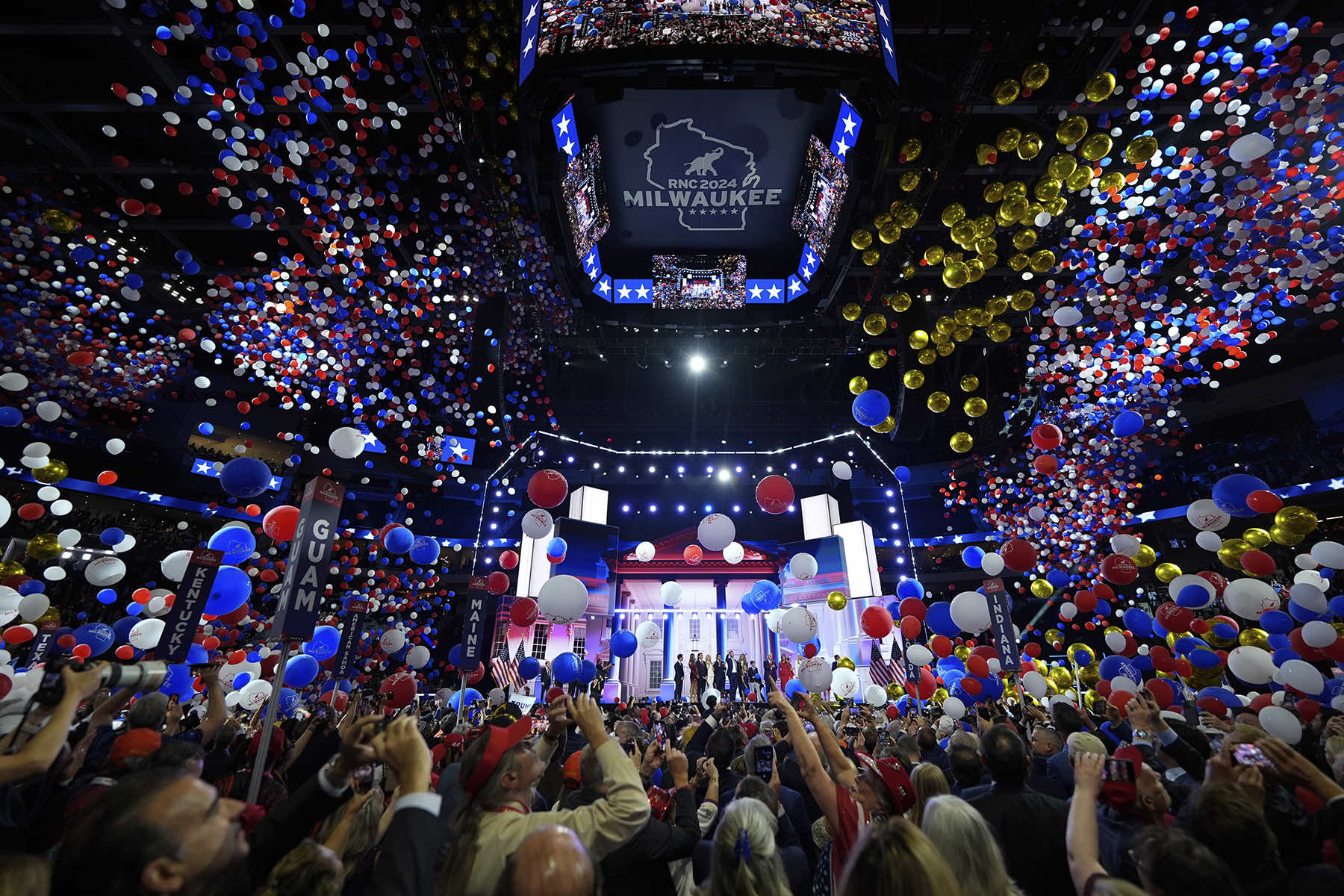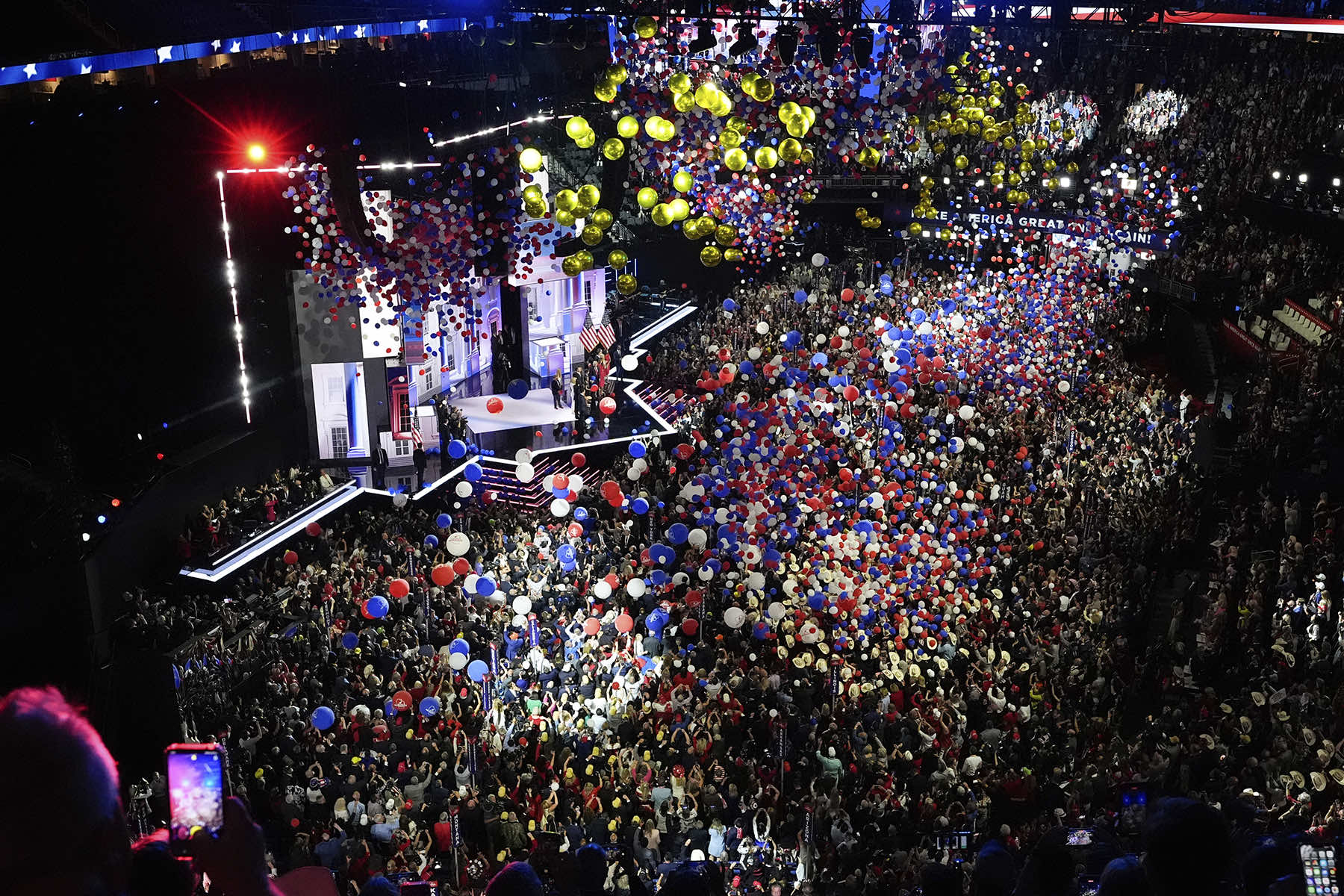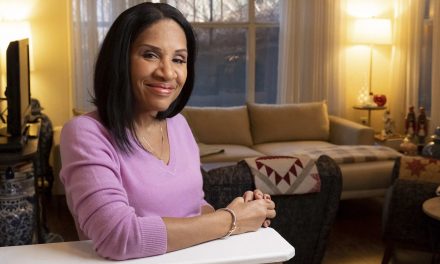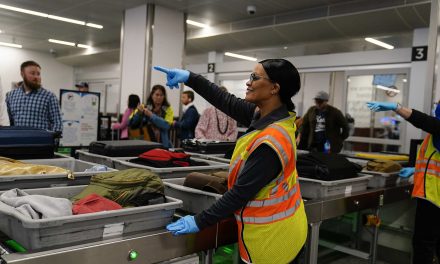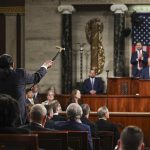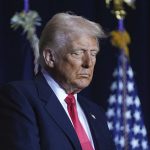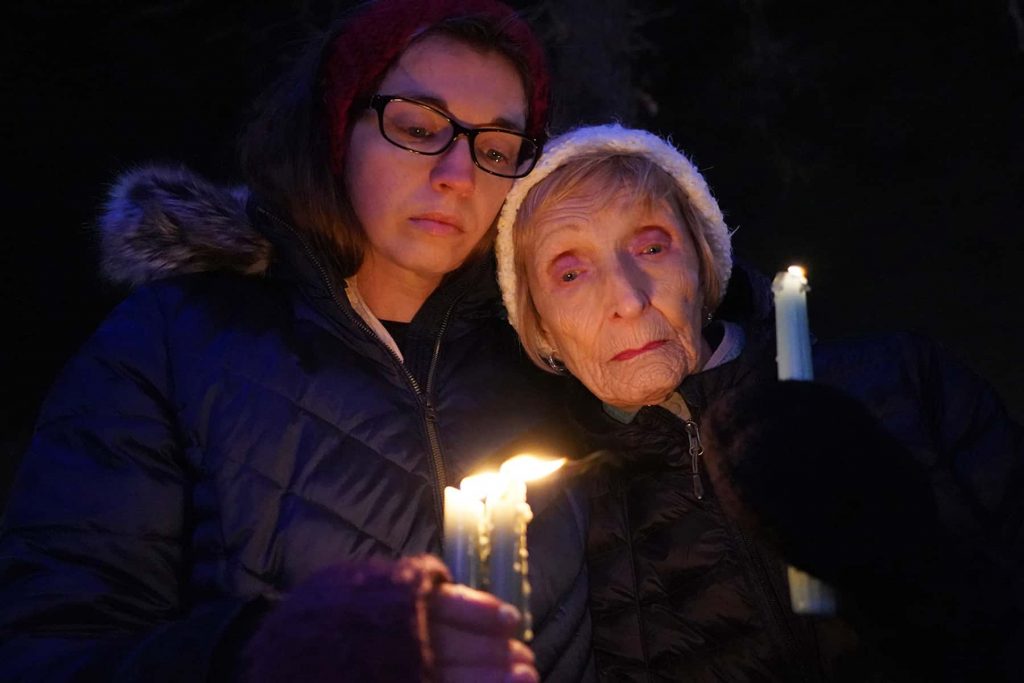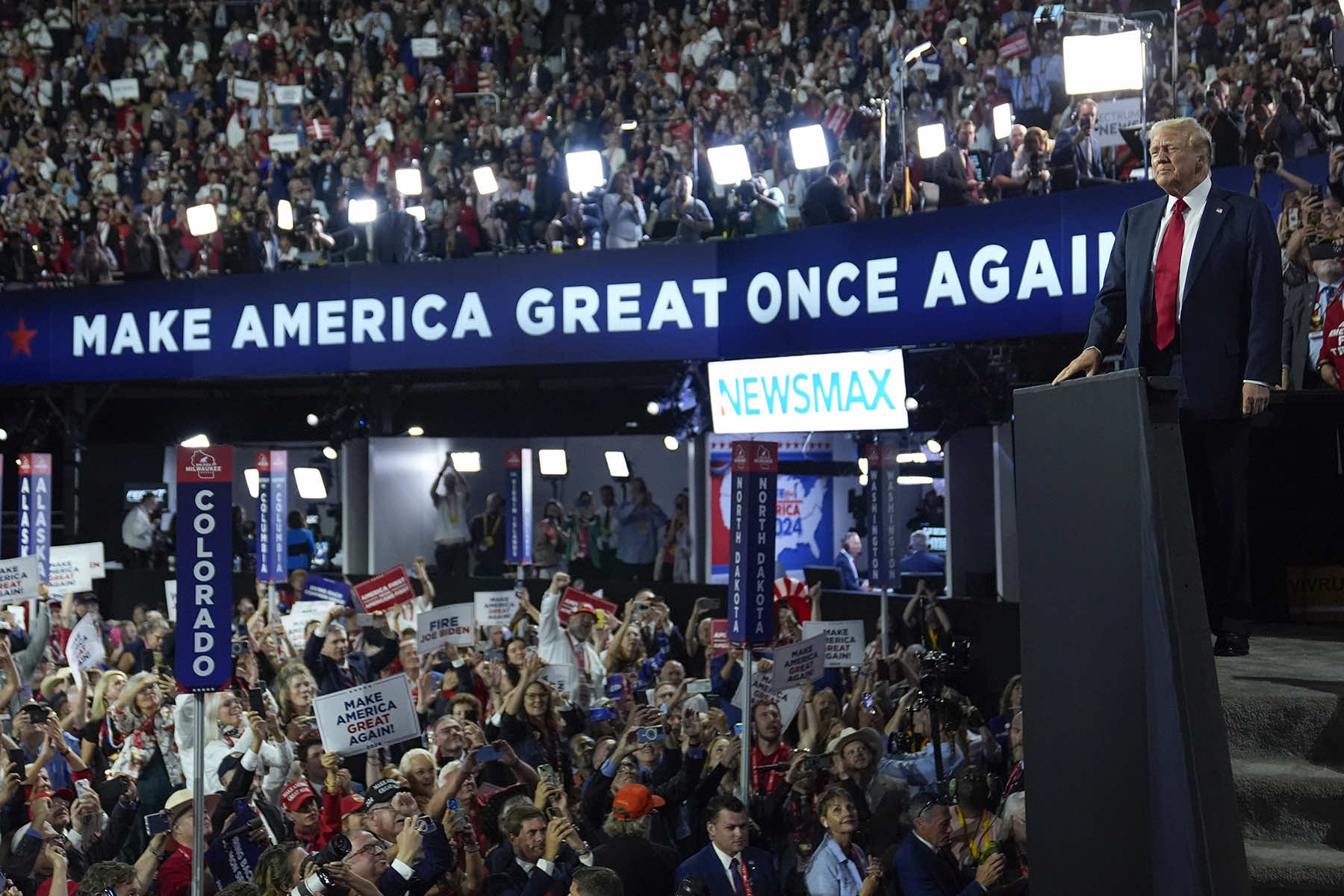
From a media perspective, Donald Trump failed to stick the landing at the Republican convention that nominated him as its presidential candidate for a third time.
His July 18 acceptance speech, which exceeded 90 minutes and stretched past midnight Eastern time into July 19, won him wide praise for its vivid recounting of his recent experience with gun violence yet switched gears into something resembling what most of his supporters see regularly on the campaign trail.
“The ‘new’ Donald Trump soothed and silenced the nation for 28 minutes,” Axios’ Zachary Basu wrote on July 19. “Then the old Trump returned and bellowed, barked, and bored America for 64 minutes more.”
The convention was received as a well-run display of unity surrounding the Republican ticket of Trump and vice presidential candidate JD Vance. Conservative media figure Tucker Carlson may be biased — he spoke from the convention stage on July 18 — but he was giddy and giggly about what he had seen. “I’ve never been to a more fun convention or a convention with better vibes,” he said.
A SPEECH THAT PIVOTED
Trump began in subdued tones as he talked about a bullet slamming into his ear at a political rally in Pennsylvania. He indulged in dramatic political theater: walking over to kiss the helmet on a displayed uniform of retired firefighter Corey Comperatore, who was killed by the assassin’s bullet intended for the former president.
Trump’s speech had been billed as a call to unity where President Joe Biden’s name was not going to be mentioned, but instead the Democrat’s name came up twice after Trump switched gears. Vanity Fair said the address “gave America whiplash.”
NBC News reporter Garrett Haake, stationed on the convention floor, reported that “in the first half I saw a lot of wet eyes. In the second half I saw a lot of closed eyes.”
The New York Times said in a headline on July 19 that Trump had struggled to turn the page on “American carnage,” the attention-getting phrase from his 2017 inaugural as president. “On the last night of the GOP convention on July 18, Donald J. Trump promised to bridge political divides, and then returned to delighting in deepening them.”
Similarly, the Washington Post’s Isaac Arnsdorf and Josh Dawsey wrote that Trump had wrapped “a fresh gesture toward unity around the same dark view of American decline and loathing for political opponents and immigrants that have defined his nine-year political career and transformed the GOP.”
The “Fox & Friends” morning show on July 19 opened with a lengthy clip of Trump, who wore a bandage on his right ear, speaking about the shooting.
“I thought it was a magical moment … it was a great speech,” said “Fox & Friends” host Lawrence Jones. Yet Fox News analyst Karl Rove, while praising how the convention was run, said shortly after Trump had left the stage that there was “weakness” during the middle of a speech that began and ended well.
COMMENTS ABOUT HOW LONG IT WENT ON
On other networks, commentators took note of its length and rambling nature. Jen Psaki, Biden’s former press secretary and now an MSNBC analyst, said it was “longer than most American baseball games.”
Others sensed an opening for Democrats, who have been bathed in pessimism about Biden’s hopes — if he even remains a candidate. Trump “dodged a bullet on July 13 and Democrats dodged a bullet tonight,” said CNN’s Van Jones.
“They still have to figure out what to do about Joe Biden,” said ABC News’ Jonathan Karl. “There’s still that movement to replace Joe Biden. But they believe, looking at this, this is the candidate that (they feel) they can beat.”
While the portion that resembled Trump’s stump speech was familiar to his fans, those are rarely seen at length outside of networks like Fox and Newsmax that appeal to conservative viewers. A much larger chunk of America was watching on July 18.
While television ratings were not immediately available, the Nielsen company said 18 million people watched the convention the night before, most concentrated in the hour where Vance — and Trump the next night — spoke.
With the balloons being cleared from the convention hall in Milwaukee, the attention of the political press will quickly turn to who Democrats nominate to oppose Trump.





